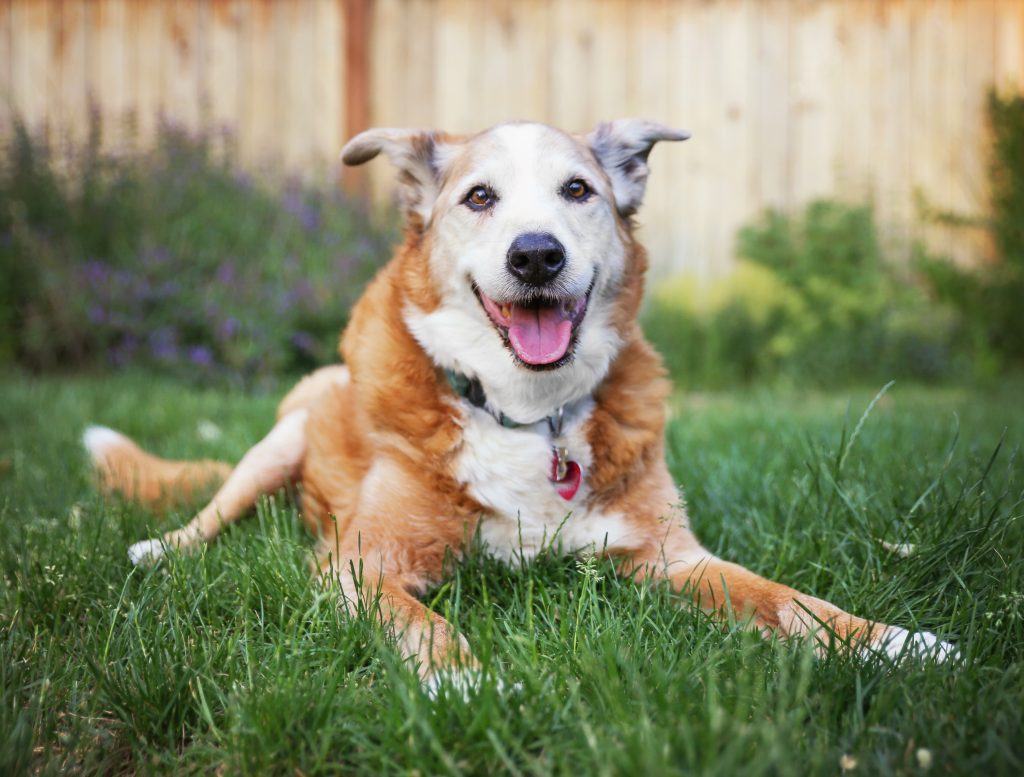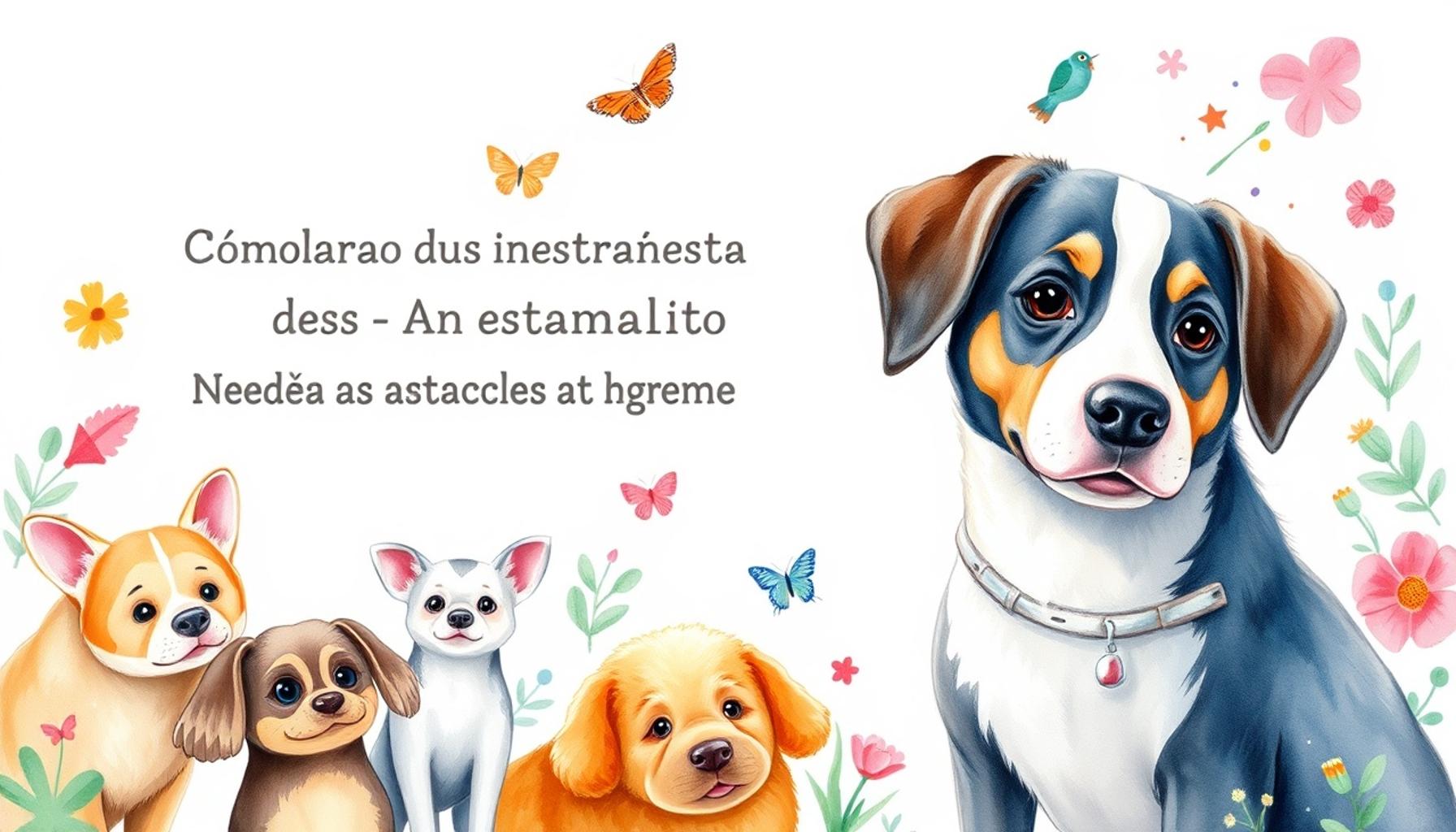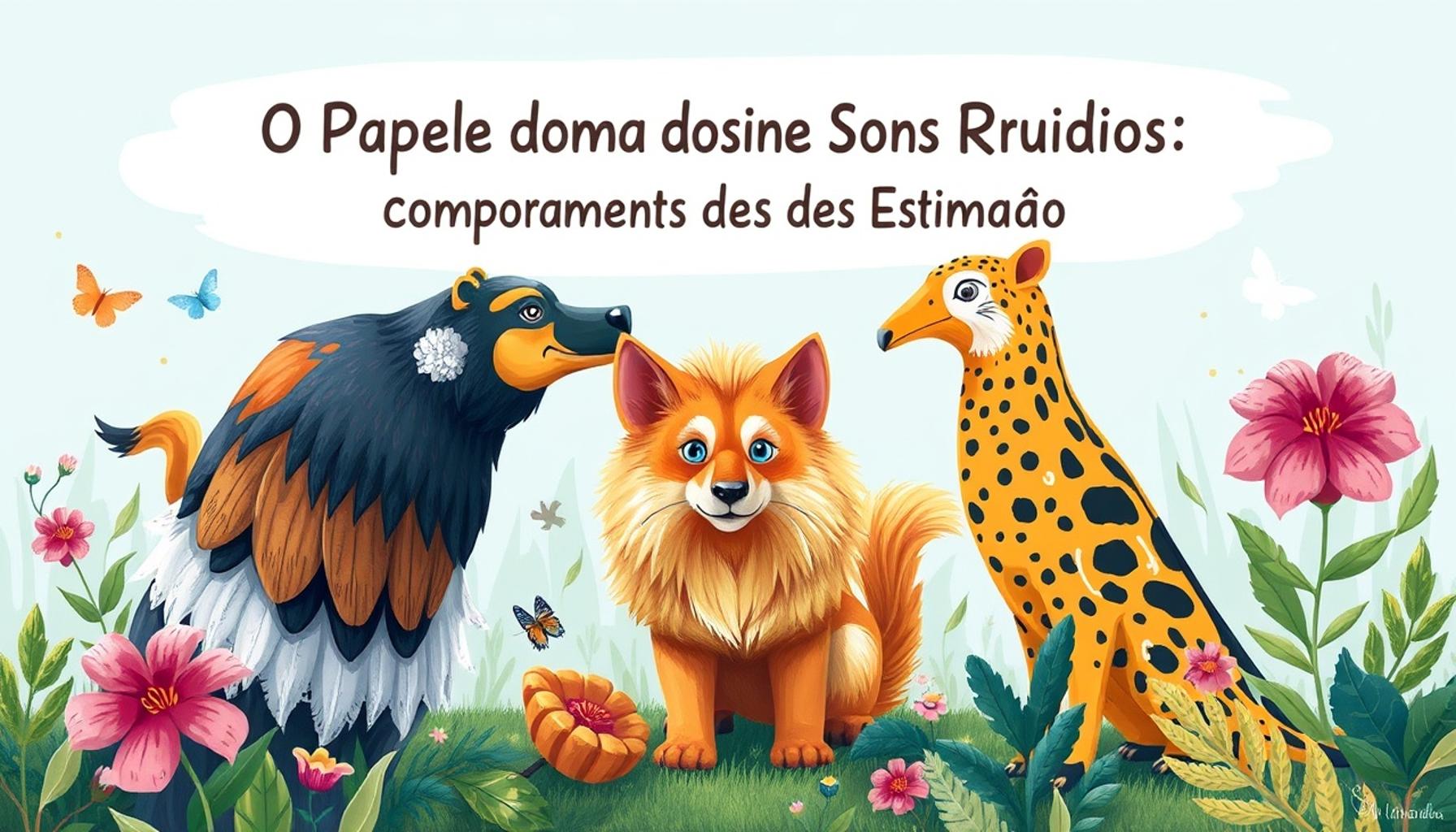Understanding Dog and Cat Body Language A Comprehensive Guide

In the realm of pet ownership, understanding your furry companions goes beyond feeding and grooming; it extends into the nuances of communication. Body language serves as a vital tool for both dogs and cats, allowing them to express emotions, needs, and boundaries without uttering a single sound. By recognizing these signals, pet owners can build a stronger bond and foster a more harmonious living environment.
Some key reasons why grasping pet body language is essential include:
- Improved safety: Recognizing signs of stress or aggression can prevent dangerous situations.
- Enhanced training: Understanding what your pet is trying to convey can lead to more effective training methods.
- Better health monitoring: Subtle changes in body language might indicate health issues requiring attention.
The relationship with our pets is enriched when we decode their silent cues. In this article, we will delve into the Top 5 key body language signals exhibited by cats and dogs, equipping you with the knowledge to interpret their behaviors effectively. Get ready to uncover the hidden messages your pets are conveying every day!
YOU MAY ALSO LIKE: Read this other article
Top 5: Understanding the Body Language of Dogs and Cats
For pet owners, the ability to connect with their furry friends transcends verbal communication. Understanding the body language of dogs and cats is essential to nurturing a harmonious relationship. These beloved companions communicate their emotions and intentions primarily through body language—an intricate dance of visual cues that reveal much more than meets the eye. In this article, we explore the top five facets of pet body language that every pet parent should be familiar with. Whether you’re new to the pet world or an experienced owner, mastering these signals can enhance your connection with your companions.

5. The Importance of Tail Movements
The tail is a powerful expression tool for both dogs and cats, acting much like a mood ring that reflects their inner state. For example, dogs often show their exuberance through energetic wagging. But even wagging can be complex: a broad, sweeping wag often signals friendliness, whereas a high and rapid wagging might be a sign of excitement or anticipation that could also edge into anxiety.
Conversely, a cat’s tail might tell a different story. Cats signal their excitement or irritation through subtle tail twitches. A high, straight tail generally indicates a friendly mood and often accompanies the cat approaching for affection. However, a rapidly thrashing tail is a red flag for an irritated or defensive mood. Understanding these nuanced tail signals empowers owners to respond appropriately to their pet’s emotional needs.
4. Ears: The Listening Post
Ears are invaluable in the silent symphony of canine and feline communication. Dog ears often move in response to their environment, and the positioning can convey alertness when perked up or submission when laid flat against the head. For instance, ears facing forward signal that a dog is paying attention or showing curiosity.
Cat ears, agile and finely tuned, can give away feelings ranging from calm to defensive. When a cat’s ears are pointed forward, they’re likely observant and curious. However, ears that turn sideways or flat against the head suggest fear or aggression—often considered warnings of potential defensive actions.
By observing these auditory signals, you can gain insights into the psychodynamics of your pets’ thoughts and moods.
3. Posture: The Gateway to Emotion
A pet’s posture is a revealing indicator of its emotional landscape. Dogs, for instance, communicate invitation and engagement through a relaxed stance and a gentle wave of the tail. On guard, however, they may stand erect with muscles visibly tensed—common precursors to aggressive behavior.
Cats employ a broader spectrum of postures; a curved back might indicate alarm or a readiness to defend, a pose often accompanied by puffed fur to appear larger and more intimidating. On the contrary, a sprawled or reclined posture usually signifies comfort and contentment, signaling that the environment feels safe and inviting.
Recognizing these postural cues helps reveal any potential stressors or comfort levels in their immediate surroundings, permitting owners to adjust the environment accordingly.
2. Facial Expressions: The Windows to Their Soul
Facial expressions play a crucial role in unlocking the mystery of your pet’s mood. Dogs, for instance, communicate through their eyes, and a simple look can translate to a variety of meanings. While direct eye contact might be a sign of dominance or challenge, soft, unfocused eyes typically express relaxation.
Meanwhile, in cats, facial expressions can be subtly different yet equally impactful. Narrowed eyes often indicate satisfaction and trust, sometimes seen during the gentle blinking or the “cat smile.” A tight or puffed facial expression, with bulging eyes and bared teeth, could signal uneasiness or readiness to pounce.
Deciphering these unspoken facial expressions allows deeper empathy and the prospect of meeting your pet’s needs more effectively.
1. Understanding Your Pet’s Overall Body Language
Ultimately, the true language of pets is found in the ensemble of signals: tail movements, ear positioning, posture, and facial expressions combined. Each pet is a unique individual, boasting specific traits that can refine these general cues. Therefore, it becomes imperative for owners to acquaint themselves with their pet’s particular habits, responses, and gestures, enhancing the ability to interpret these signals contextually.
Some pets may exhibit unique behavioral patterns that deviate from perceived norms; a dog might wag its tail faster when anxious, or a cat might purr out of stress. Being attentive to their overall body language and changes in habitual behavior serves as a compass, guiding you to understand your pet’s state of well-being.
The art of interpreting pet body language fosters a deeper bond, promoting not only emotional security for your companions but also heightening the joy and meaningful interactions within shared life experiences.
In conclusion, dedicating time to master your pets’ physical cues is profoundly rewarding. It paves the way to straightforward communication and a happier life together with your furry friends, built on mutual understanding and respect.
| Category | Details |
|---|---|
| Facial Expressions | Understanding a pet’s emotions through their facial cues, such as a relaxed mouth indicating calmness or a wrinkled nose signaling discomfort. |
| Body Posture | Observing how a dog or cat stands or sits can reveal their level of confidence or fear; for example, a tucked tail often means submission. |
| Tail Wagging | The direction and speed of a tail wag can indicate different feelings: a slow wagging tail can suggest hesitation, while fast wagging denotes excitement. |
| Vocalizations | Various sounds such as barking, meowing, or growling serve as communication tools, conveying urgency, distress, or affection, depending on their tone. |
ADDITIONAL INSIGHTS: Expand your understanding here
FAQs on Understanding Canine and Feline Body Language
What are the common signs of stress or anxiety in dogs?
Dogs can exhibit several signs when they are stressed or anxious. Look for behaviors such as excessive panting, pacing, or whining. Other indicators include their tail being tucked between their legs, ears flattened against the head, or avoiding eye contact. Recognizing these signs early can help in managing the situation effectively and ensuring your pet’s comfort.
How can I tell if my cat is feeling threatened?
Cats often show their discomfort or sense of threat through their body language. A cat feeling threatened might arch its back, puff up its fur, and display an aggressive stance. They might also hiss, growl, or show exaggerated tail movements. Understanding these signs can aid in preventing escalated aggressive behavior.
Why do dogs wag their tails, and what does it indicate?
The wagging of a dog’s tail is commonly associated with happiness, but it’s not always that straightforward. The speed and direction of the wag can provide insight into their emotions. For instance, a fast wagging tail generally indicates excitement or happiness, while a slow wag might suggest caution or insecurity. It’s crucial to consider the entire body language for an accurate interpretation.
What does it mean when a cat purrs?
While purring is often linked to contentment in cats, it’s not always the case. Cats may also purr when they are anxious or in pain, using the sound as a self-soothing mechanism. Observing other physical signs, like body posture, can help determine their true emotional state.
How can I improve my ability to read my pet’s body language?
Improving your understanding of your pet’s body language can enhance your relationship with them. Spend time observing their behavior in different situations and interactions. Engaging with resources such as books, training workshops, or consultations with behaviorists can provide valuable insights and guidance. Each animal is unique, and patience is key to mastering the art of understanding them.
YOU MAY ALSO LIKE: Read this other article
Conclusion: Unveiling the Language of Pets
Understanding the body language of dogs and cats transcends the basic pet-owner relationship, transforming it into an enriched communication experience. By reading their non-verbal cues, one gains insight into their emotions, needs, and responses, which enhances their overall well-being.
The article underscored the significance of recognizing common body language signals. For dogs, wagging tails, varying bark tones, and ear positions are crucial indicators of their mood, while cats use tail twitches, ear movements, and purring intensity for the same purpose. These signals are fundamental for maintaining harmony and ensuring a positive environment for pets.
The Central Takeaways
- Non-verbal communication is key: Grasping these subtle signals enriches the bond with pets.
- Each pet is unique: Tailoring your understanding to your pet’s specific behaviors is essential for effective interaction.
- Increased sensitivity to body language minimizes misunderstandings and stress.
- Observing pets can reveal health issues, allowing for preemptive care.
- Investing time to learn these cues nurtures mutual respect and understanding.
Overall, investing in the skill of interpreting pet body language is invaluable. It offers a new perspective that promotes a peaceful coexistence and deep connection between pets and their owners. For those passionate about strengthening this bond, continual learning and observation remain pivotal. This journey into the world of canine and feline communication promises not only to transform your relationship with your pets but also to better understand their complex, endearing world.


